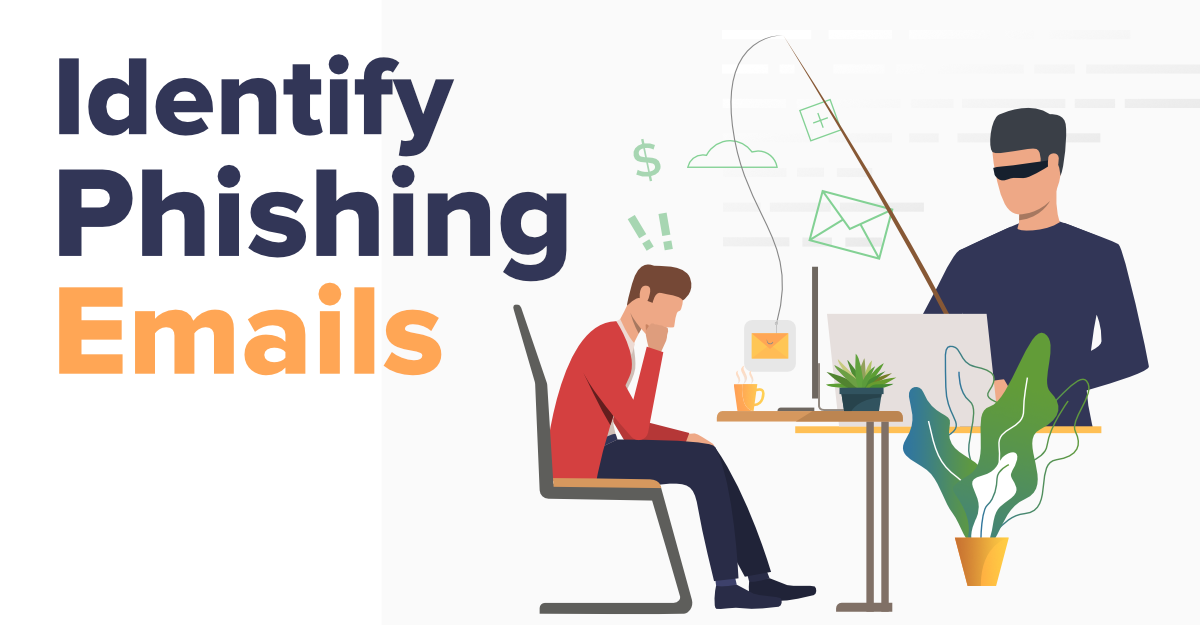Identify a Phishing Attack

Identifying a phishing attack involves being vigilant and recognizing certain signs that may indicate a message or website is fraudulent. Here are some common indicators of a phishing attack:
-
Unusual Sender Email Address:
- Check the sender's email address carefully. Phishing emails often use email addresses that resemble, but are not exactly the same as, those of legitimate organizations. Look for misspellings or additional characters.
-
Generic Greetings:
- Phishing emails may use generic greetings like "Dear Customer" or "Dear User" instead of addressing you by your full name. Legitimate organizations often use your name in their communications.
-
Urgent or Threatening Language:
- Phishing emails often create a sense of urgency or fear to prompt immediate action. Be skeptical of messages that claim your account will be closed, or you'll face severe consequences unless you act quickly.
-
Unsolicited Attachments or Links:
- Be cautious of unexpected attachments or links, especially in emails from unknown or unexpected sources. Hover over links without clicking to preview the URL and ensure it matches the purported destination.
-
Requests for Personal or Financial Information:
- Legitimate organizations usually do not request sensitive information via email. Be suspicious of emails asking for passwords, credit card details, or other personal information.
-
Misspelled Words and Grammatical Errors:
- Phishing emails often contain spelling and grammar mistakes. Professional communications from reputable organizations typically undergo careful editing.
-
Mismatched URLs:
- Check the URL in the email or website. Phishing sites may have URLs that closely resemble legitimate ones but have slight misspellings or additional characters. Look for "https://" and a padlock icon in the browser's address bar.
-
Unusual Sender Behavior:
- Be wary if the sender behaves unusually, such as asking for information that is not typical for your interactions with that organization or person.
-
Fake Logos and Branding:
- Phishing emails may include logos and branding that look similar to those of legitimate organizations. However, a closer inspection may reveal inconsistencies or lower quality graphics.
-
Check the Email's Legitimacy:
- Verify the legitimacy of the email by contacting the organization directly through official channels, such as using a phone number from their official website or contacting their customer support.
-
Unexpected Password Reset Emails:
- If you receive an unexpected password reset email for an account you didn't initiate, it could be a sign of a phishing attempt. Do not click on any links in the email; instead, access the account through the official website.
If you notice any of these signs, it's crucial to exercise caution. Avoid clicking on links or downloading attachments from suspicious emails. Instead, independently verify the legitimacy of the communication through official channels. If you are unsure, contact the organization directly to confirm the authenticity of the message.
Thank you.
